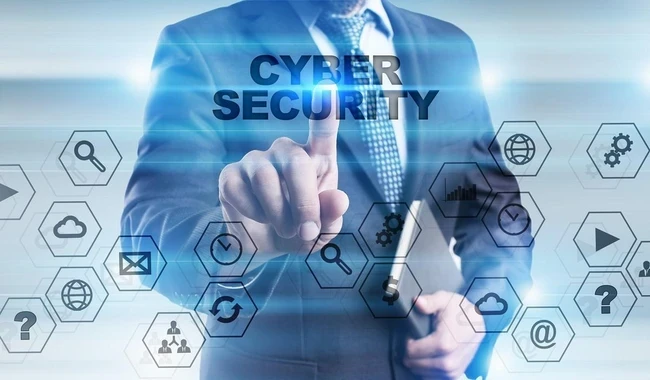Hacking has been a part of the internet from way back before the worldwide web was a thing. Some people might remember the 1983 film WarGames, in which two teenage computer-geek protagonists unwittingly access a US military supercomputer used to run nuclear war simulations.

Thankfully, most hackers do not manage to get that far into most countries’ military infrastructure but they do manage to cause an awful lot of damage in the commercial sector.
Mostly the often-mysterious cybercrimboes seem to steal user account information – presumably to get people’s email addresses, which are then entered into a world of spam, malware and ransomware.
The worst hack in history – in terms of the number of people’s personal information stolen – was the Yahoo debacle, in which cyber villains made off with 3 billion account details. According to CNN, “every single Yahoo account was hacked”.
Verizon, which recently completed its acquisition of Yahoo, reduced its initial offer by $350 million in light of the hack, and eventually paid $4.5 billion for the company.
So it was an expensive hack, but not the biggest hack in history – that dubious honour goes to the WannaCry attack, which has so far cost $8 billion worth of damage worldwide, as reported by Reuters.
But even that $8 billion cost of the WannaCry attack would be dwarfed by a hypothetical attack that insurance organisation Lloyd’s of London postulated last year.
In a report co-produced with risk-modelling firm Cyence, Lloyd’s estimates that a hypothetical hack could potentially cause $121 billion worth of economic losses worldwide, according to Bloomberg.
And away from the headlines about multi-billion-dollar cyber attacks, there are millions of breaches which can each cause several hundred or several thousand dollars’ worth of damage – or just anguish over lost time on the part of enterprises whose problems are not reported by the media.
So, what to do about all these techno-terrorists? Who knows. Each problem may be different and require a specific solution.
Here are what we here at EM360º believe will be 10 of the most important security trends of 2018.







Comments ( 0 )